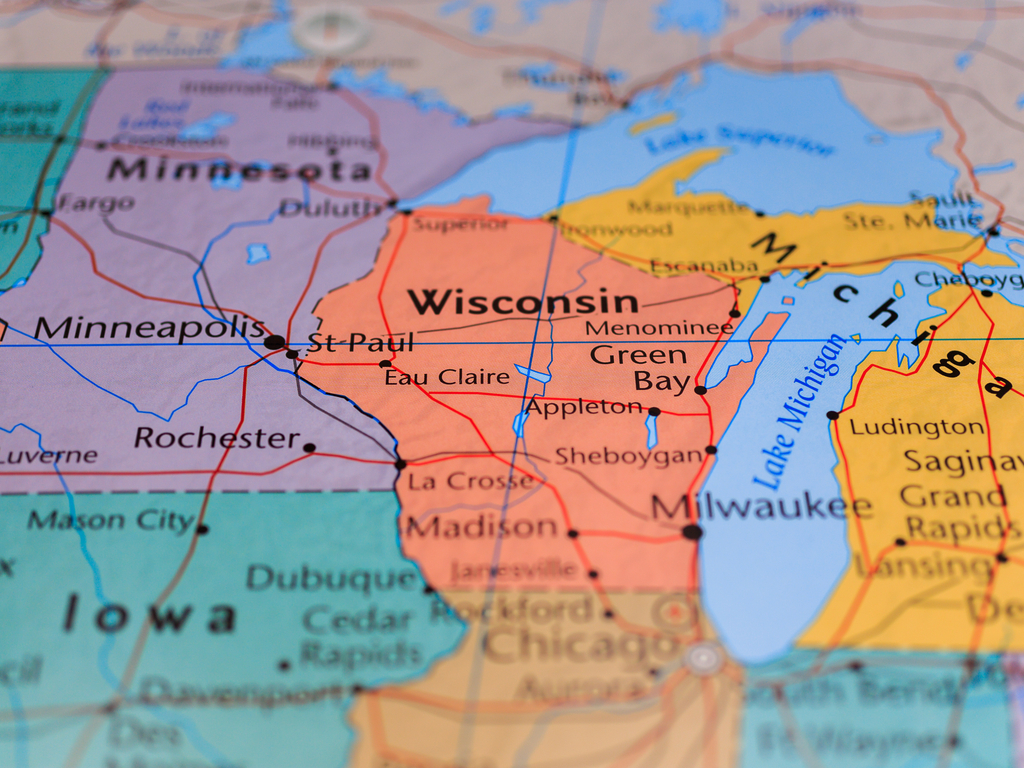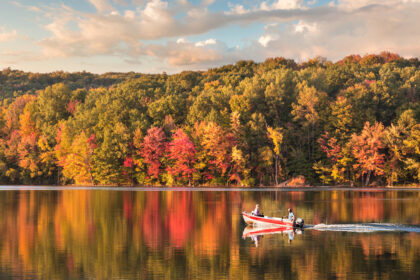The daily bag limit for trout is five fish in combination with salmon in Wisconsin. Only two lake trout may be harvested per day. There are length limits for specific bodies of water. See the Guide to Wisconsin Trout Fishing Regulations 2022 – 2023 on the Wisconsin Department of Natural Resources Bureau of Fisheries Management website for detailed length limits.
In this article, we will discuss the fishing regulations for Wisconsin for 2022. We will also cover the dates of trout season. Lastly, we’ll cover the role the DNR plays in the regulation of fishing in the state of Wisconsin.
Wisconsin Fishing Regulations 2022
Any angler over fifteen years old, regardless of residential status, must acquire a valid Wisconsin fishing license to fish in state waters. Inland Trout Stamps and Great Lakes Trout and Salmon Stamps are required for those catching trout in these designated water bodies.
For the full set of fishing and trout regulations for the 2022 – 2023 fishing season, visit the Wisconsin Department of Natural Resources website.
Wisconsin Trout Season
The trout season for all inland waters in Wisconsin opens on May 7 and closes on October 15. The early catch and release season for inland waters begins on January 1 and concludes on May 6.
The Menominee River, Montreal River, Green Bay, Lake Michigan, and Lake Superior are open to trout fishing all year round. This comes with the exception of lake trout. Lake trout is only open to fishing in Lake Michigan and Green Bay from March 1 to October 31 and in Lake Superior from December 1 to September 30.
The Brule River and all waters bordering the states of Wisconsin and Michigan have an open trout season. The season starts April 30 and ends September 30.
Wisconsin Department of Natural Resources
The Wisconsin DNR is responsible for issuing fishing licenses and setting and enforcing fishing regulations for the state. The Bureau of Fisheries Management specifically handles the research regarding how to set regulations. An example of regulations is daily catch limits in order to ensure a healthy population of fish.




